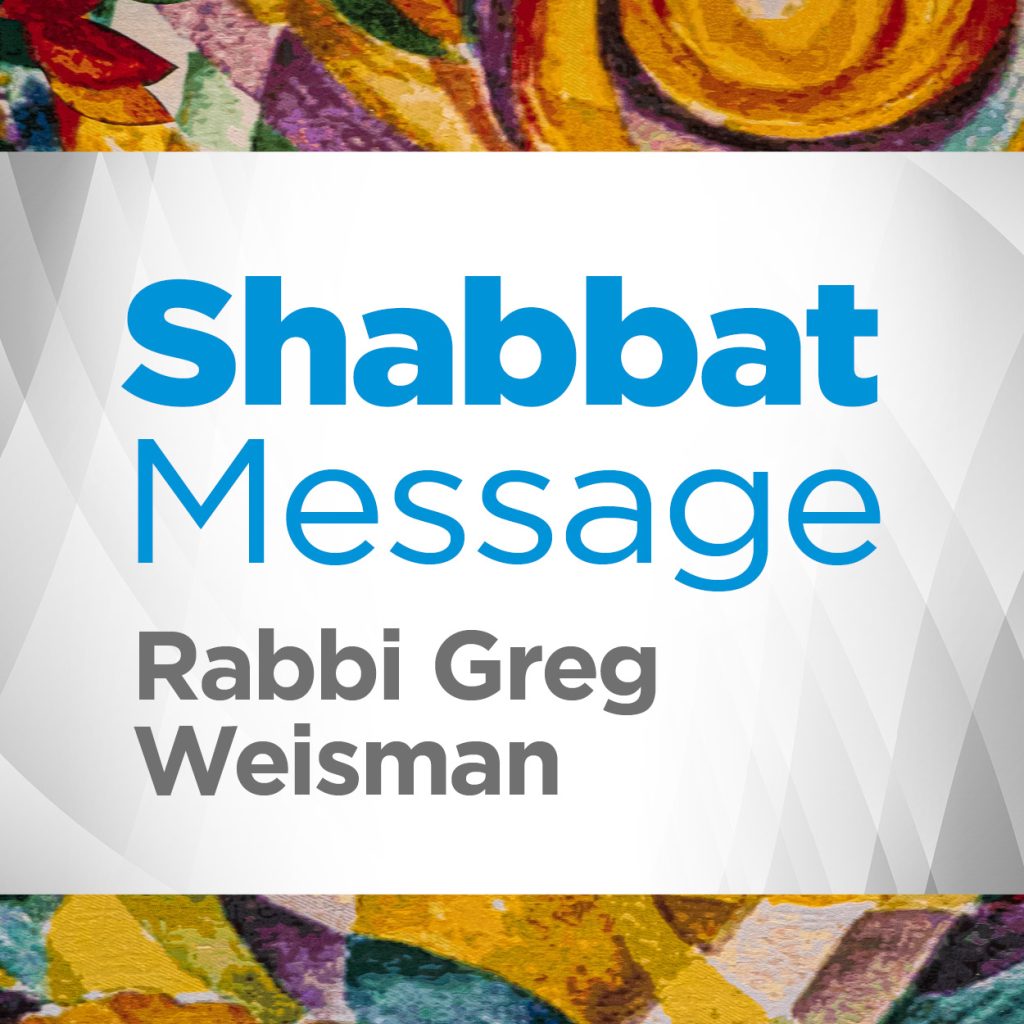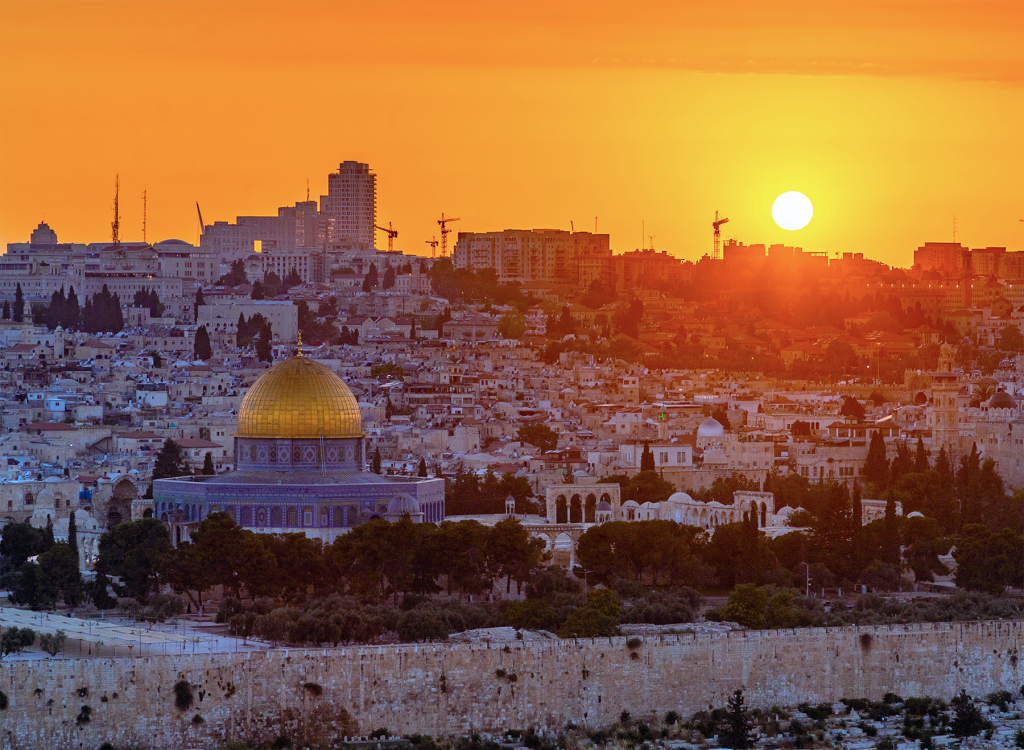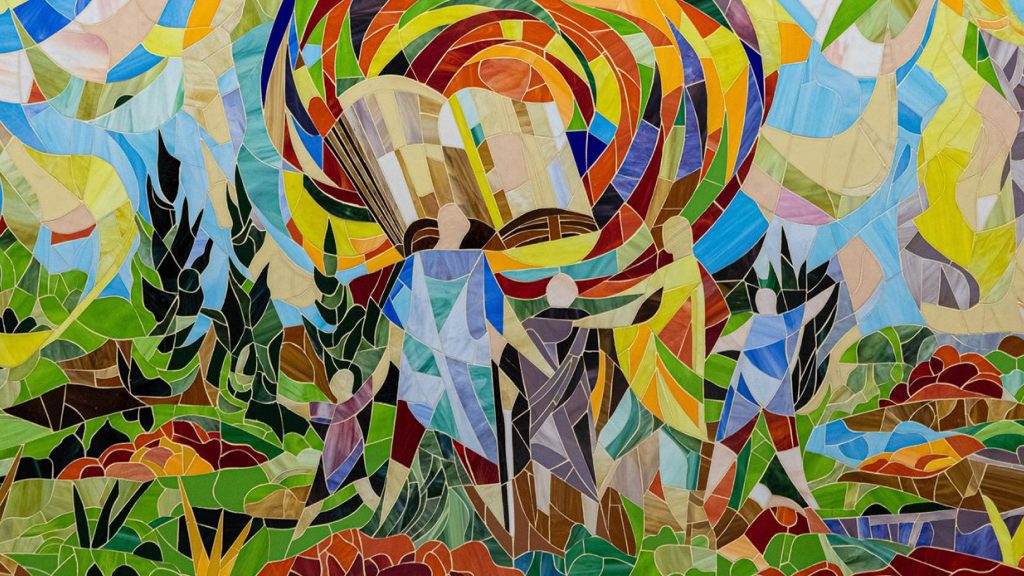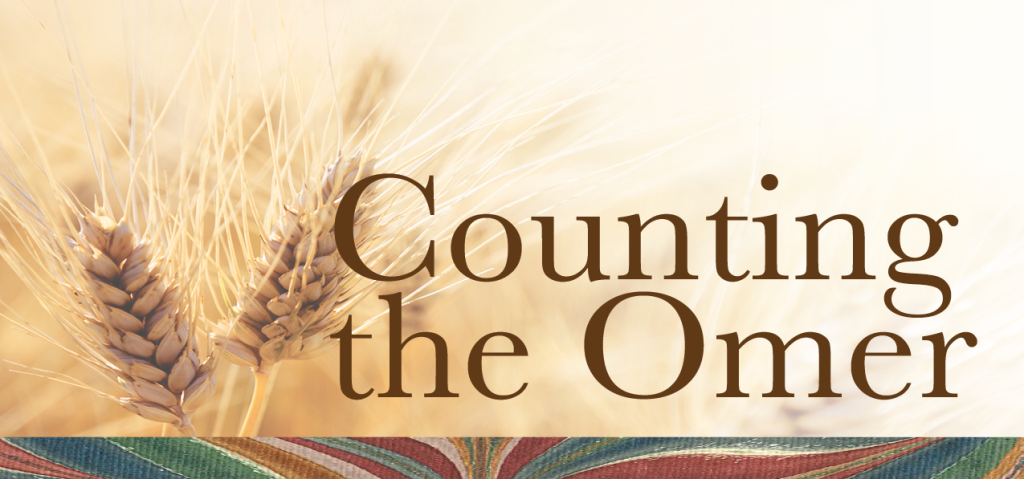There was a time, probably when I was in middle school, where I thought that in every important story, someone had to die. I came to that conclusion after reading books like Of Mice and Men, Flowers for Algernon, Romeo and Juliet, and watching movies like Top Gun, Star Wars, and Saving Private Ryan, among many others. I really took that idea to heart, and in my creative writing assignments at school, I began to rely on “death at the end” as a plot tool, so much so that my teacher had to check in with me. She taught me that when an author decides to have a character die, it should be because the other characters can learn something from it, not just because it’s dramatic.
The tragic deaths of Romeo and Juliet inspire their families to resolve the feud that had been raging between them. In Saving Private Ryan, Ryan challenges himself to earn the sacrifices made to save him by living a good and meaningful life. Even in Star Wars, Obi Wan Kenobi’s self-sacrifice is what allows the other characters to escape to safety.
In our people’s story, there is a death at the end, too. Moses is called to die by the Holy One before he can enter into the Land of Israel. In this week’s Torah portion, Haazinu, we are asked to make sense of the impending death of Moses as he gives his final speech to the Israelites.
“Give Hear, O Heavens, let me speak! Let the earth hear the words I utter,” Moses begins his address. In poetic fashion he reminds the people of God’s greatness, of all that God has done for them, and the promises for the future.
But underneath his words are the depressing knowledge that Moses will not be accompanying them to the Promised Land. After Moses used his staff to draw water from the rock in the Book of Numbers, instead of merely speaking to it as God had directed, he was sentenced to die before reaching the land of Israel for his failure “to affirm [God’s] sanctity in the sight of the Israelite people.” This harsh decree is reiterated in our portion this week.
God’s punishment of Moses is twofold. First, he is robbed of the emotional payoff of a lifetime of leading his people to their final destination, destined to know that they will make it there without him. Second, he is condemned to die, and not from old age. The Torah makes clear that Moses was not unwell; in fact, he was full of vim and vigor, its says, in describing his death. The rabbis struggle with the interplay between these two fates, realizing that either or both could have been modified without losing their impact. Moses could have continued to live east of the Jordan, where the tribes of Reuben, Gad, and some of Menashe chose to remain. He could have been welcomed into the Land only to die shortly thereafter, so that he could reap the reward of his lifetime of service. Instead, God decides that Moses has to die, and has to die before he enters into the Promised Land. I can hear my middle school Language Arts teacher asking, “why!?”
It’s to teach us something. On Shabbat Shuvah, as we read Haazinu in the context of considering our own fates, on our own journeys of teshuva into the New Year, making sense of Moses’ fate can help us with those journeys. While the rabbis debated why God withheld Moses from the Promised Land, and the wisdom and justice of that decision, biblical scholar Patrick Miller offered a different idea: that Moses’s life had to come to an end because his work was complete.
In Miller’s mind, God had selected Moses to lead the people out of Egypt and to be the prophet who would deliver the words of Torah to the people. That was his task, the reason he was brought onto this earth. And by the time they reached the shores of the Jordan River, that work had been done. It was time for a new generation of leadership, and more importantly for the Israelites to learn that they could survive and thrive without Moses, that they could make it on their own.
When he ultimately passes, Moses’ radiance reflects his knowledge that he has done everything for the Israelites that he could do. Like a parent dropping of a child at college, he knew they needed to learn to spread their wings and fly. His legacy would be in how they thrived without him, not only in the work of teaching and guiding them that he had done.
For us, on this Shabbat between Rosh HaShanah and Yom Kippur, we can be inspired by Moses to think about our own life’s work and our legacy. Whether you are closer to the start or closer to the end of your journey, the Days of Awe are a time to think big picture and long term, to wonder whether we are on the right path and how to get back on. It is a time to envision what legacy we want to leave behind, and take the necessary steps to ensure it.
Just as Moses did, so can we.
Shabbat Shalom,
Rabbi Greg Weisman










